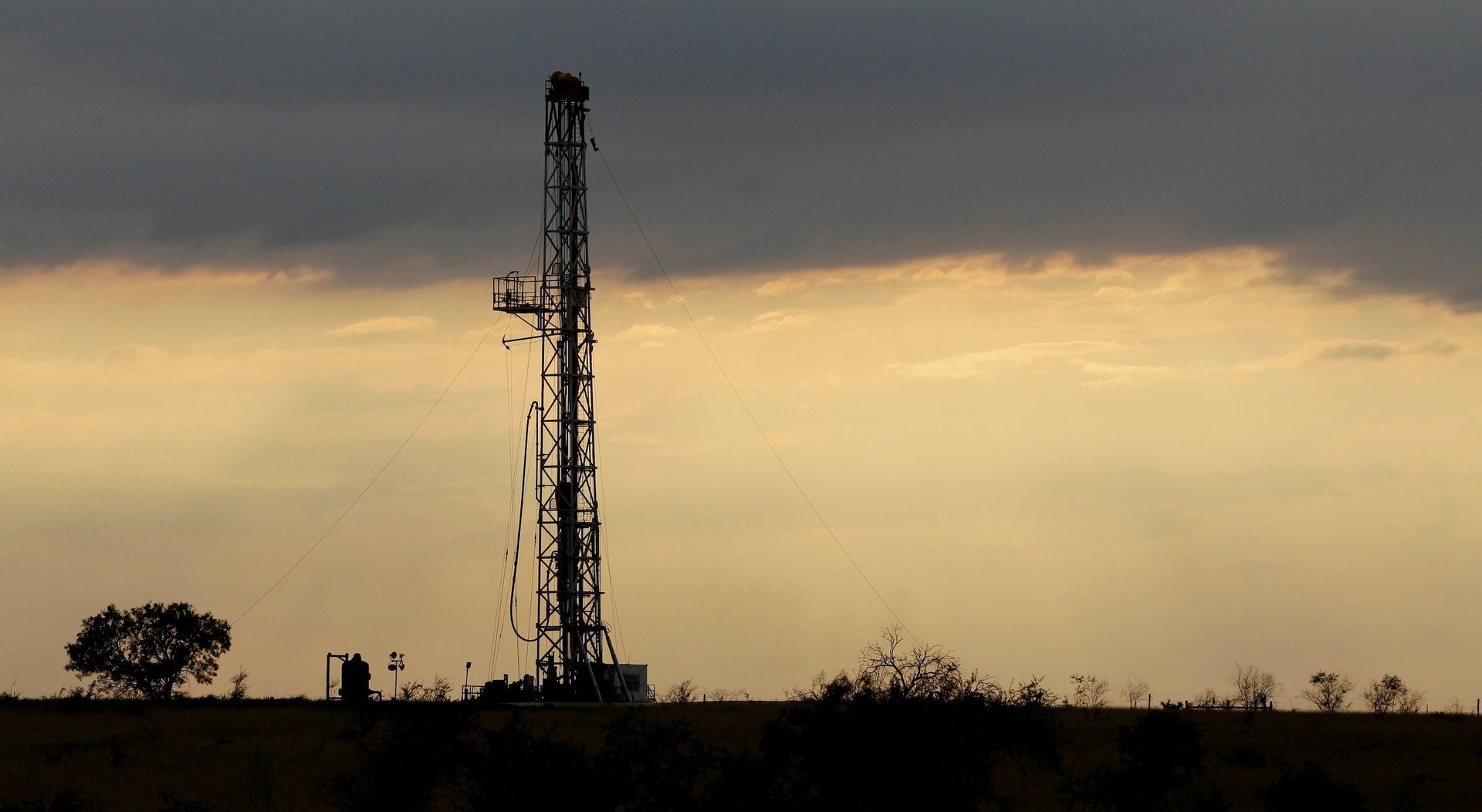The great oil drilling bust continues
The Commerce Department’s US trade figures for May were pretty ho-hum, with the trade deficit growing a bit to just under $42 billion.


The Commerce Department’s US trade figures for May were pretty ho-hum, with the trade deficit growing a bit to just under $42 billion.
Although falling oil prices are largely responsible for both imports and exports are falling on a year-over-year basis, exports are falling a bit faster (-3.7% for imports, -4.4% for exports).
Falling oil prices are also the source of another source of weakness: Drilling equipment. Although drilling imports spent much of last year climbing (until the rig count began falling, anyway), exports held steady. But this year they’ve fallen off a cliff. US imports of drilling equipment were down 41% in May, compared to the same month last year. Exports of drilling equipment were down an event sharper 39% over the same period.
The sharp downturn in the drilling business globally has implications for a range of giant industrial firms. Fourth-quarter earnings at GE were hampered by its oil-and-gas equipment business (paywall), and could be a drag when it reports first quarter results next week. And other gas drilling firms have been hurting as well. The Associated Press reported in May:
Large oil and gas drilling companies have announced thousands of job cuts this year. Halliburton has said it has laid off 9,000 workers, more than 10 percent of its workforce, in the six months ending in March. Schlumberger has announced 20,000 job cuts since the beginning of the year, and Baker Hughes has said it would eliminate 7,000 jobs, or about 11 percent of its work force.